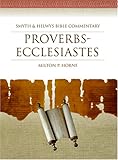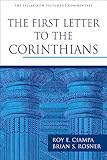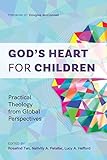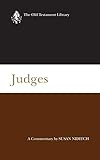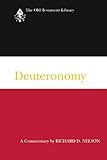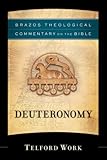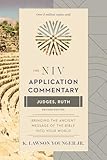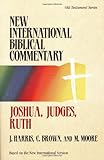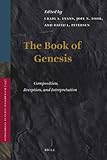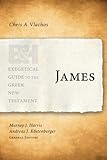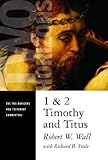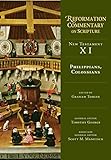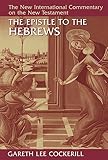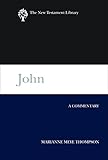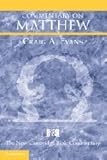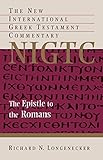The Tabernacle as a Heuristic Device in the Interpretation of the Christology of the Epistle to the Hebrews. (Record no. 14714)
[ view plain ]
| 000 -LEADER | |
|---|---|
| fixed length control field | 02849nam a22001817a 4500 |
| 005 - DATE AND TIME OF LATEST TRANSACTION | |
| control field | 20220301063816.0 |
| 007 - PHYSICAL DESCRIPTION FIXED FIELD--GENERAL INFORMATION | |
| fixed length control field | ta |
| 008 - FIXED-LENGTH DATA ELEMENTS--GENERAL INFORMATION | |
| fixed length control field | 170804s2005 sa ||||fom|d| 00| e eng d |
| 040 ## - CATALOGING SOURCE | |
| Transcribing agency | ZA-BrSAT |
| 100 ## - MAIN ENTRY--PERSONAL NAME | |
| 9 (RLIN) | 247 |
| Personal name | Asumang, Annang |
| 245 ## - TITLE STATEMENT | |
| Title | The Tabernacle as a Heuristic Device in the Interpretation of the Christology of the Epistle to the Hebrews. |
| 260 ## - PUBLICATION, DISTRIBUTION, ETC. | |
| Place of publication, distribution, etc. | Johannesburg, South Africa |
| Name of publisher, distributor, etc. | South African Theological Seminary |
| Date of publication, distribution, etc. | 2005 |
| 300 ## - PHYSICAL DESCRIPTION | |
| Extent | 175p |
| Other physical details | |
| Dimensions | A4 |
| Accompanying material | Abstract. Table of contents. Works cited. |
| 502 ## - DISSERTATION NOTE | |
| Degree type | Master of Theology (Mth) |
| Name of granting institution | South African Theological Seminary |
| Year degree granted | 2005 |
| Supervisors | |
| 520 ## - SUMMARY, ETC. | |
| Summary, etc. | ABSTRACT: The Christological argument of the epistle to the Hebrews is presented as a series of comparisons and contrasts of Jesus the Son of God and our eternal High Priest, with the angels, Moses, Joshua and Aaron. There is no consensus among Biblical scholars regarding the reasons for these comparisons. Suggestions have ranged from the author’s polemical or rhetorical strategy to dissuade faltering Jewish Christians from defecting back to Judaism, to a pastoral strategy of expounding the glorious honour of Christ in order to encourage suffering and persecuted believers. Examination of the expositions of the epistle shows that each of these comparisons is framed in a space or place. Some of these spaces are real physical places; others are metaphorical, utopian or virtual spaces. Jesus is compared to the angels first in heaven, and then in the world. He is compared to Moses and Joshua in the house of God and to Aaron in the Holy of Holies. Using sociological and literary theories in Spatiality to examine the expositions, this thesis will demonstrate, that the author of Hebrews has organized his argument based on these a priori spaces, that the comparisons are a reflection of the contested nature of spaces and that they exhibit elements of territoriality and hierarchy of personalities based on power and knowledge. The pattern of arrangement of the spaces in the epistle, together with the nature of the theological and figurative argument in each space also indicate that the author uses the spatiality of the Pentateuchal wilderness camp and tabernacle as a typological heuristic device in structuring the exposition. By comparing the expositions of Hebrews with its exhortations through this lens, the thesis will also show, that the author uses the typology of the wilderness tabernacle as his primary vehicle to channel his pastoral teaching aimed at addressing the problems of social liminality and spiritual malaise of the congregation. The implications of this approach for understanding the epistle’s argument and a modern application of the theology of the wilderness tabernacle are also briefly discussed. |
| 650 #0 - SUBJECT ADDED ENTRY--TOPICAL TERM | |
| 9 (RLIN) | 218 |
| Topical term or geographic name entry element | New Testament |
| General subdivision | Epistle to the Hebrews |
| Geographic subdivision | World Wide |
| 942 ## - ADDED ENTRY ELEMENTS (KOHA) | |
| Source of classification or shelving scheme | Dewey Decimal Classification |
| Koha item type | Thesis |
| Withdrawn status | Lost status | Source of classification or shelving scheme | Damaged status | Not for loan | Collection code | Home library | Current library | Shelving location | Date acquired | Barcode | Date last seen | Uniform Resource Identifier | Price effective from | Koha item type |
|---|---|---|---|---|---|---|---|---|---|---|---|---|---|---|
| Dewey Decimal Classification | Electronic Holdings | South African Theological Seminary | South African Theological Seminary | Online Resource | 08/04/2017 | 0000000000741 | 08/04/2017 | https://sats-dspace.s3.af-south-1.amazonaws.com/Theses/THESIS_MTH_2005_AsumangA.pdf | 08/04/2017 | Thesis |

